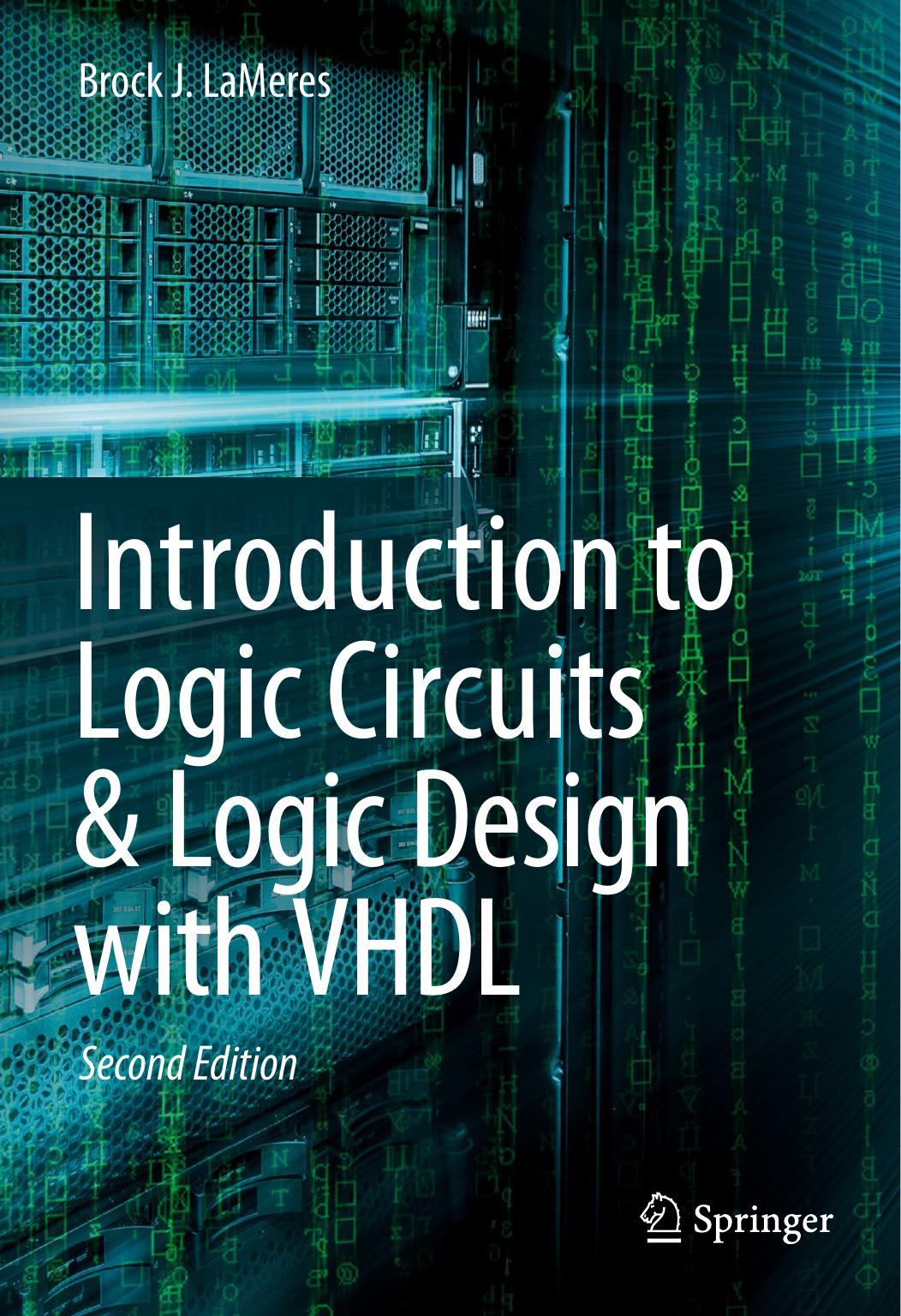

Most ebook files are in PDF format, so you can easily read them using various software such as Foxit Reader or directly on the Google Chrome browser.
Some ebook files are released by publishers in other formats such as .awz, .mobi, .epub, .fb2, etc. You may need to install specific software to read these formats on mobile/PC, such as Calibre.
Please read the tutorial at this link: https://ebookbell.com/faq
We offer FREE conversion to the popular formats you request; however, this may take some time. Therefore, right after payment, please email us, and we will try to provide the service as quickly as possible.
For some exceptional file formats or broken links (if any), please refrain from opening any disputes. Instead, email us first, and we will try to assist within a maximum of 6 hours.
EbookBell Team

4.8
14 reviewsThis textbook introduces readers to the fundamental hardware used in
modern computers. The only pre-requisite is algebra, so it can be taken
by college freshman or sophomore students or even used in Advanced
Placement courses in high school. This book presents both the classical
approach to digital system design (i.e., pen and paper) in addition to
the modern hardware description language (HDL) design approach
(computer-based).
This textbook enables readers to design digital systems using the
modern HDL approach while ensuring they have a solid foundation of
knowledge of the underlying hardware and theory of their designs. This
book is designed to match the way the material is actually taught in the
classroom. Topics are presented in a manner which builds foundational
knowledge before moving onto advanced topics. The author has designed
the content with learning goals and assessment at its core. Each
section addresses a specific learning outcome that the learner should be
able to “do” after its completion. The concept checks and exercise
problems provide a rich set of assessment tools to measure learner
performance on each outcome.
This book can be used for either a sequence of two courses consisting of an introduction to logic circuits (Chapters 1-7) followed by logic design (Chapters 8-13) or a single, accelerated course that uses the early chapters as reference material.